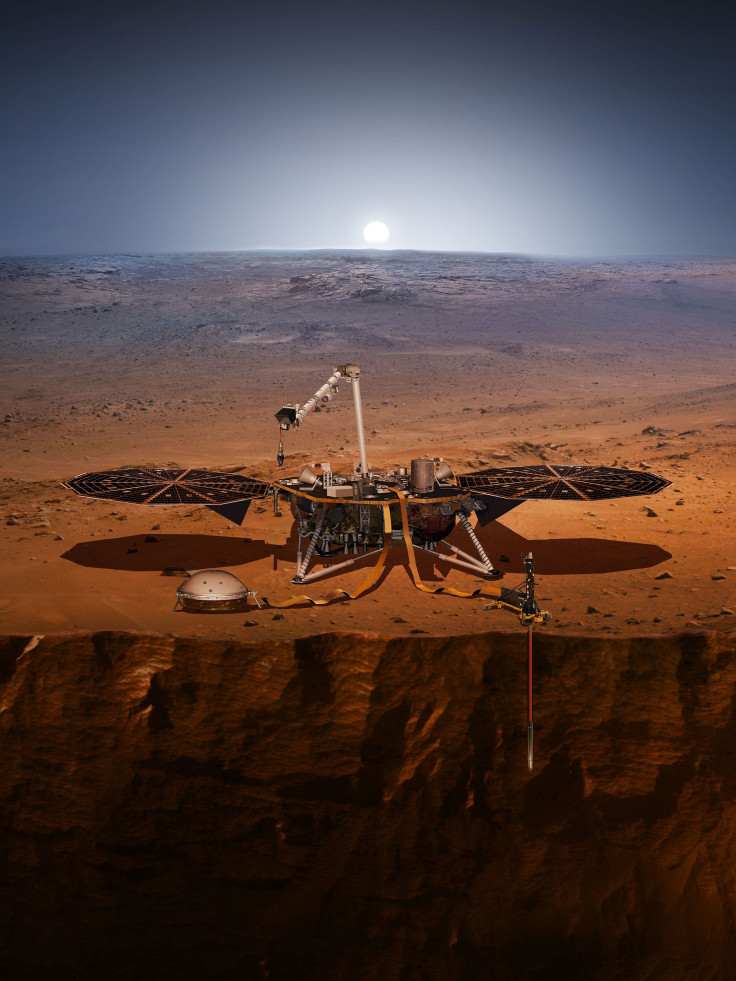'Dusty' Mars Lander InSight Could Help NASA Learn More About Planet's Weather

The dust found in Planet Mars has proven to be one of the worst problems encountered by NASA’s Mars rovers. Early this year, a giant dust storm practically “killed” the Opportunity rover when it blocked out the sunlight needed to power its engine.
This time, however, the Red Planet’s dust might actually prove to be useful in NASA’s current studies of Mars’ weather. In a snapshot showing the lander InSight covered in orange dust, NASA experts said that this is more a chance to learn more about the atmospheric behavior in Mars and is no cause for concern that it will have the same fate as that of the Opportunity.
There’s little that’s known of the wind patterns in Mars. What’s known so far is that when the dust settles on a surface, it usually doesn’t stay long due to a phenomenon labeled as “dust clearing.” With this information, NASA scientists can use the Insight lander like a “weather machine” to help them understand more about the planet’s exceptionally strong winds and how much dust it can actually move.
“On Feb. 1, the 65th Martian day, or sol, of the mission, InSight detected a passing wind vortex. At the same time, the lander’s two large solar panels experienced very small bumps in power — about 0.7% on one panel and 2.7% on the other — suggesting a tiny amount of dust was lifted,” the U.S. space agency said in a post.
Showing two different photos of the Insight robot, scientists are able to compare how the dust settles on surfaces of Mars. One image of the InSight shows how it looked like right after landing on the planet and the other shows a more recent photo where the surface is totally covered in orange particles.
NASA believes that the dust will have little to no effect to the robot’s power source and that the dust can actually be measured to determine weather patterns on the planet. By measuring the dust build up, NASA scientists will be able to measure wind velocity and even the frequency of dust storms which happen in Mars.
“It didn’t make a significant difference to our power output, but this first event is fascinating science. It gives us a starting point for understanding how the wind is driving changes on the surface. We still don’t really know how much wind it takes to lift dust on Mars,” Ralph Lorenz, part of the InSight science team, said.
© Copyright IBTimes 2024. All rights reserved.





















